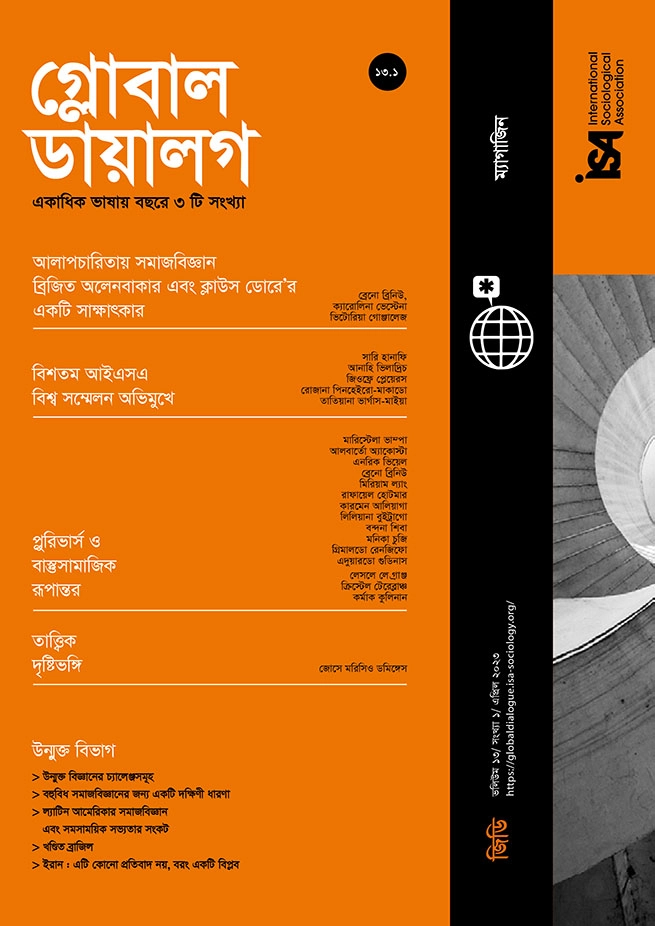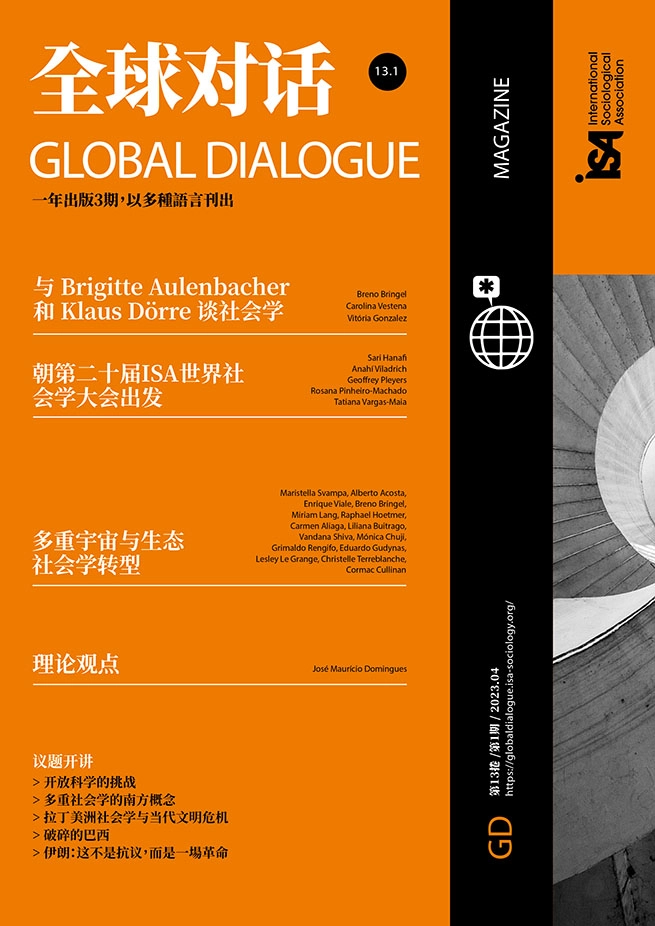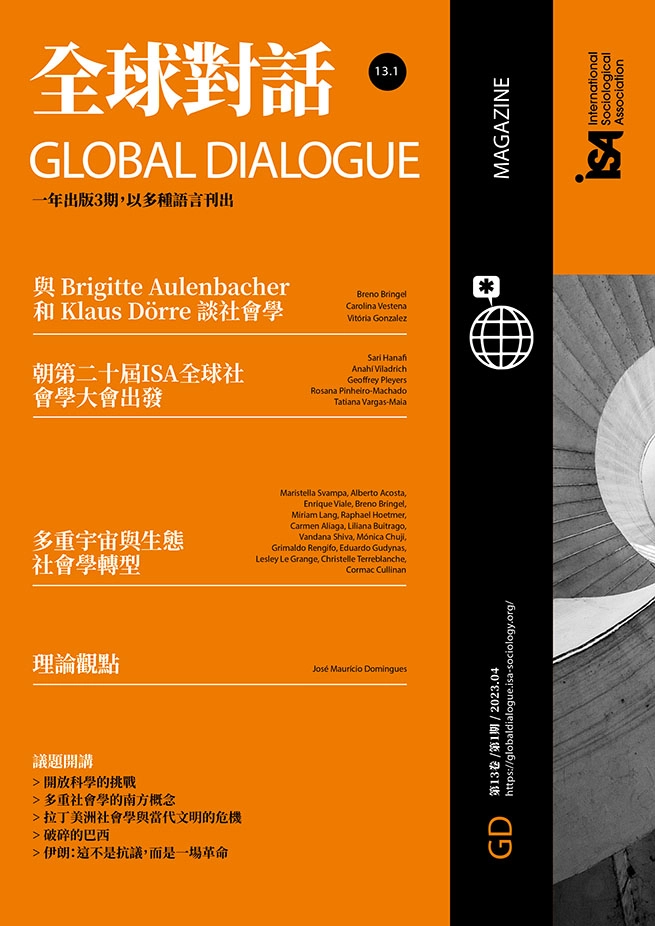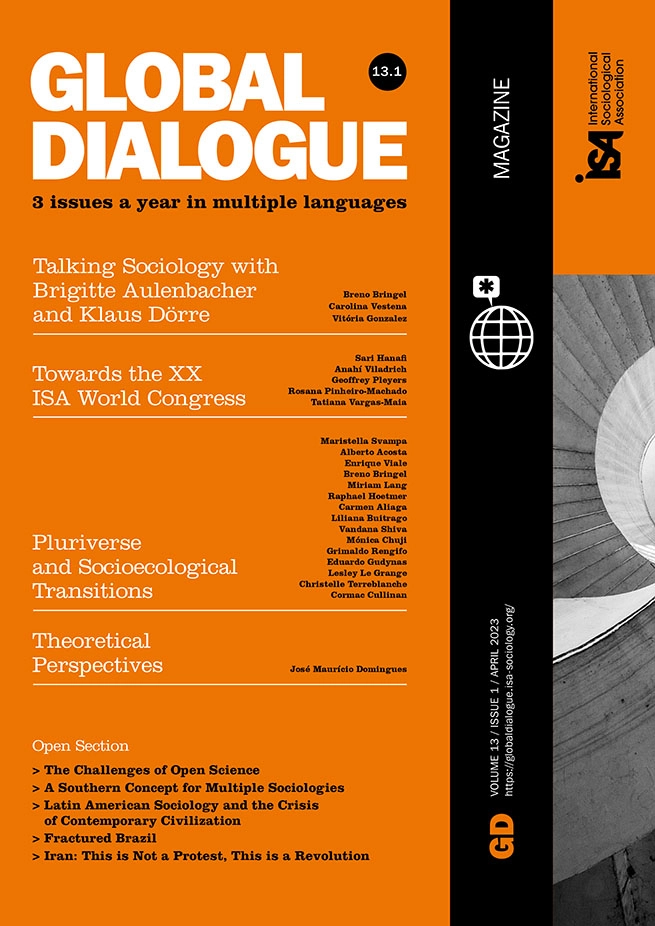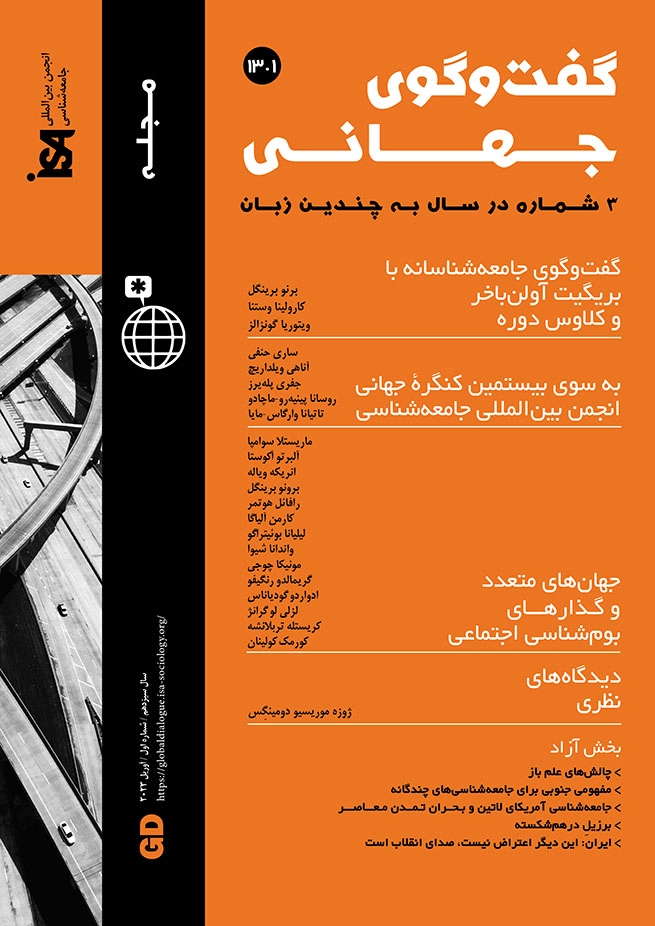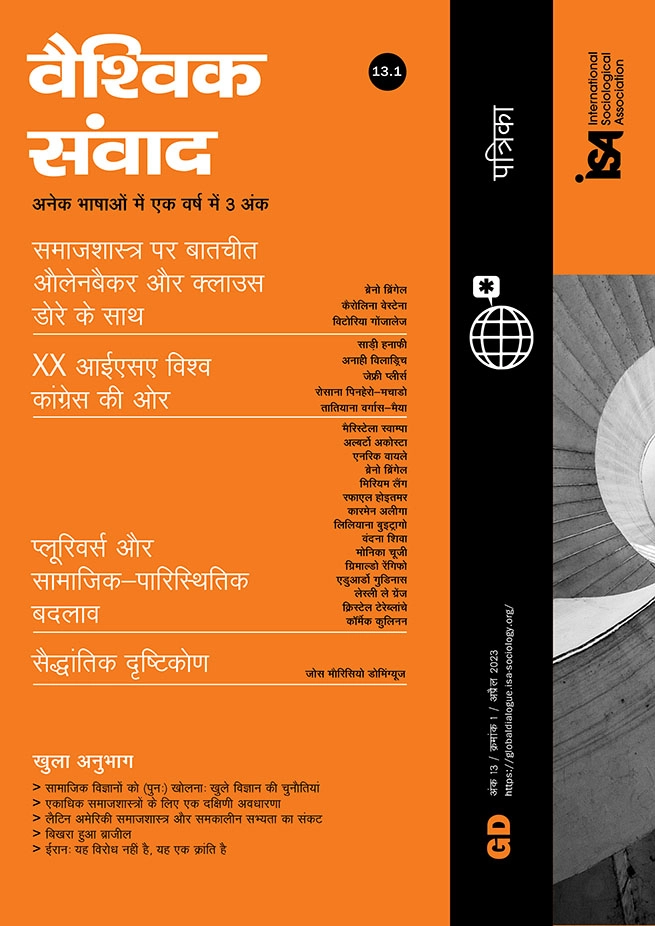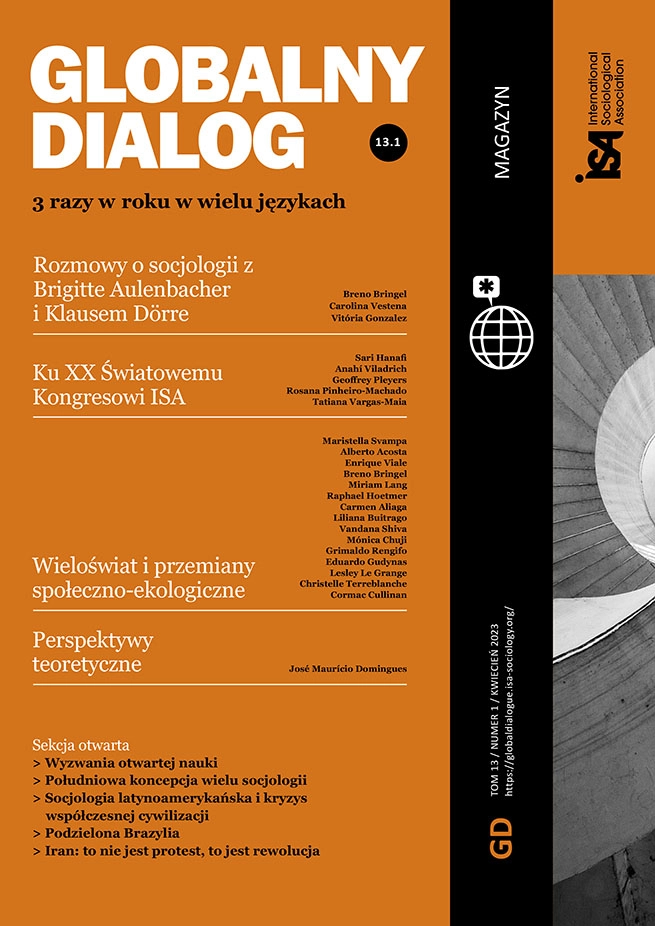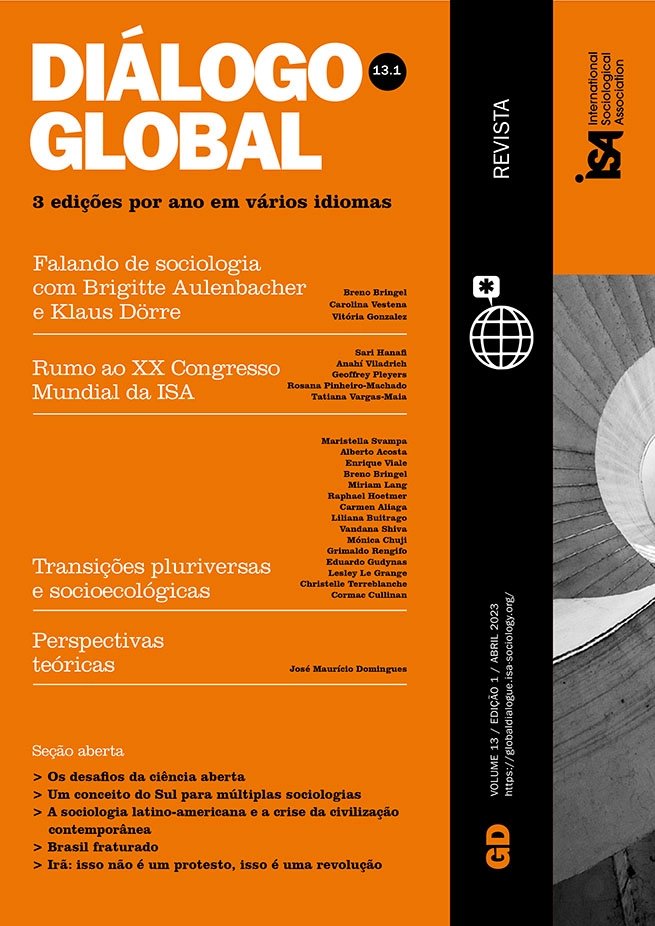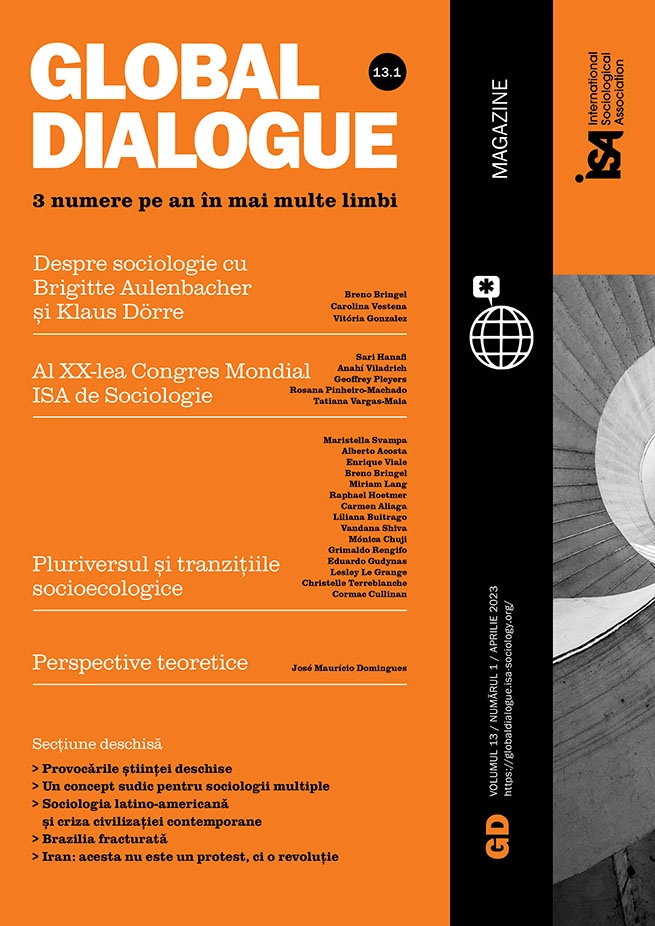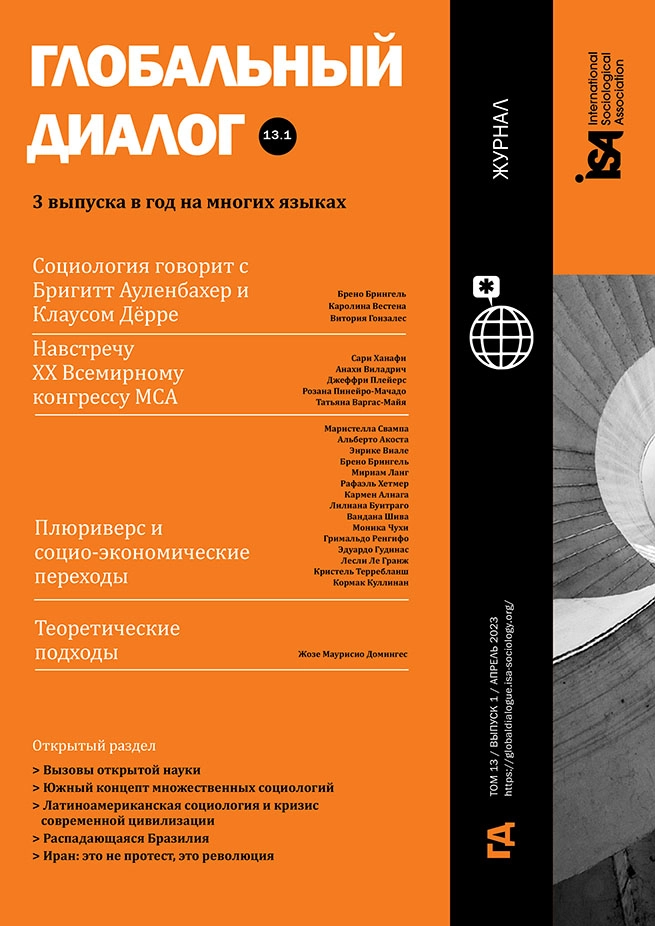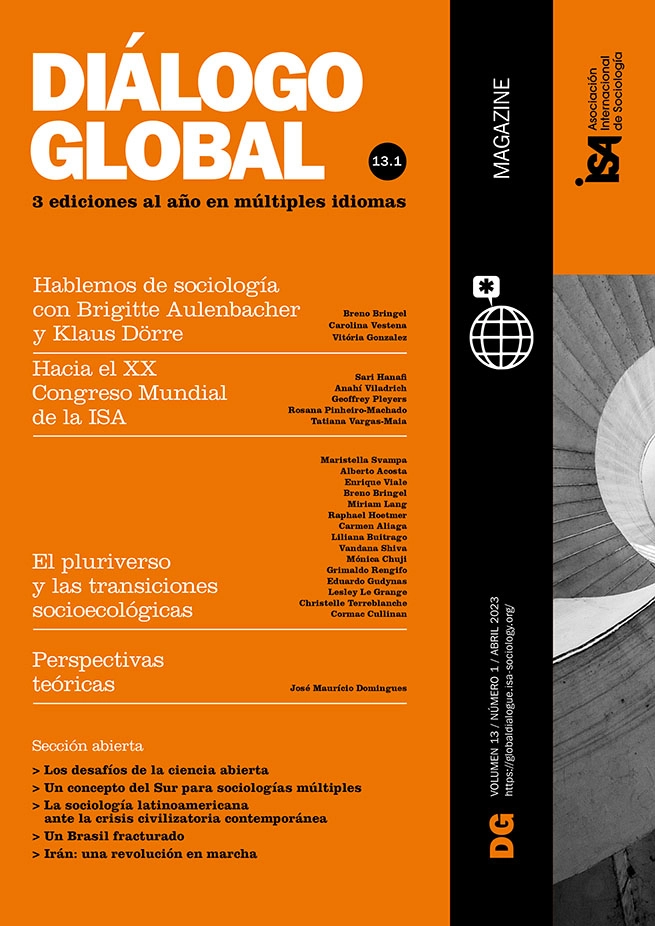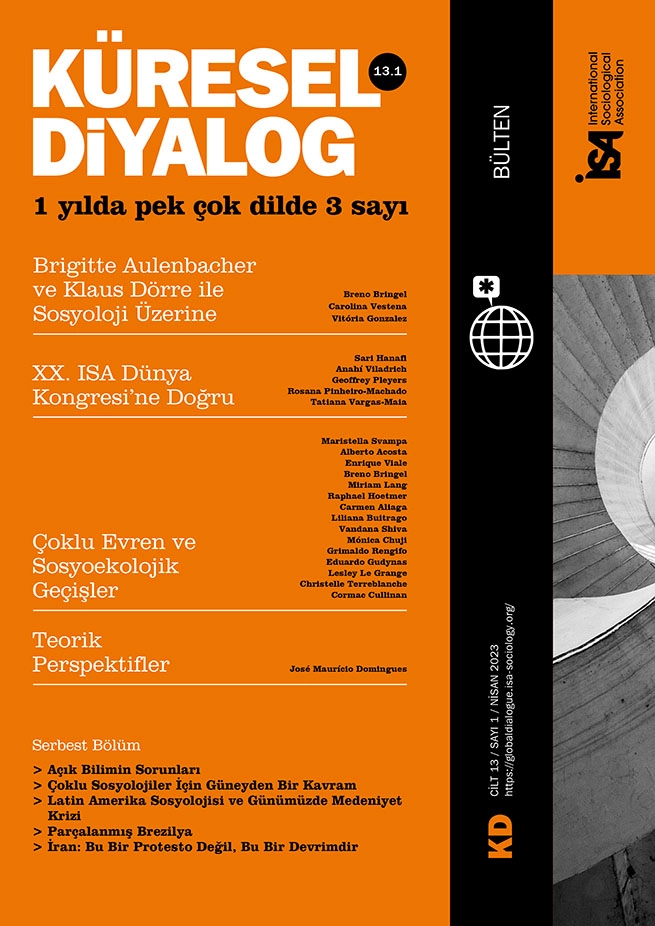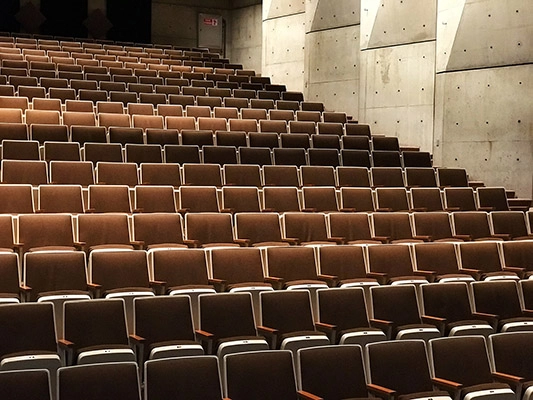In August 2022 I flew out to Los Angeles to join the 117th American Sociological Association Annual Meeting, the very first in-person event I had attended in more than two years. Happy to be back together with my colleagues, though still fearful of coming too close to others, I had serious misgivings about taking part in this entirely face-to-face four-day event with over 4,500 people present. Despite being fully vaccinated and boosted and having already had my fair share of COVID-19 infection (I had been sick twice to be precise), I felt hesitant about being indoors with thousands of colleagues – even if masked.
While weighing my options, I self-reflected on the pros and cons of virtual versus in-person meetings, and decided to engage in what social scientists seem to do best: research the benefits of each. In this piece, I review what l learned and share some experiential lessons on how to make in-person conferences work better during an (almost) post-pandemic era.
Coming full circle
Soon after the initial outbreak of COVID-19, Zoom conferences were recognized for having democratized our access to knowledge and networking opportunities. For the next two and a half years, online meetings proved to be the cheapest and easiest way to bring together academic and professional communities from the comfort of our own home offices – even our bedrooms. Not only does streaming mean that we can attend events from anywhere in the world, but these also leave smaller carbon footprints, thus helping to mitigate climate change. Prior to COVID-19, we all had to carve out time for traveling to conferences, often held in far-away locations, which typically entailed long negotiations with our college administrations to secure funding for registration, airfares, and room and board.
Most of these challenges seemed to disappear the moment we went online in March 2020. As time went on, however, we became increasingly worn out (and Zoomed out) as a result of screen exhaustion, not to mention the never-ending technological glitches and awkward mic issues that we all experienced from time to time. Ubiquitous among these are the all too common tales of toilets flushing or children crying in the middle of one’s online presentation! Making the most of virtual conferences also often means spending little time attending our colleagues’ presentations and breakout sessions. In fact, many institutions expect their faculty members to continue to perform their daily tasks while taking part in virtual conferences.
My initial hesitance regarding attending the ASA meeting this year, coupled with my fear of being at a potential super-spreader event, was counterbalanced by a strong desire for face-to-face interactions. Extensive advice and tips literature helped ease my worries. Below is a summary of what I learned and how things worked out in the end.
1. Safety Guidelines & Knowing What to Expect: Like most professional organizations currently holding in-person events, ASA made safety a top priority and COVID-19 protocols were in place throughout. Pre-event communication between conference organizers and attendees was not only key in spelling out a safety strategy, but also in helping presenters manage their expectations. Before arriving, we were required to electronically upload our vaccination cards, which were also checked at the conference site upon arrival. We all knew what to expect as a result: no vaccination or no mask meant no entry.
2. Accountability & Honor Code: Although the risk of catching and transmitting the dreaded virus could not be definitively eliminated, we tried to minimize our exposure by being accountable to one another. As a result, we maintained a physical distance and continued wearing our masks indoors unless eating or drinking – even when presenting papers. Thanks to the beautiful summer weather in LA, many events were held outdoors, so we had ample space to interact.
3. Leveling the Field: Many of us were not immune to a shared sense of collective “weirdness”: while grateful for the opportunity to engage with others, we experienced some uncertainty regarding how to approach our colleagues, and how to be approached, while dealing with disparate comfort levels with respect to maintaining a physical distance. What’s more, many of us had become a bit rusty when it came to small talk. At ASA, some of my younger and less experienced colleagues told me that “breaking the ice” was not something they felt comfortable doing. Like any skill, being socially savvy is something that must be practiced. This is particularly true for those traumatized by loss or ongoing illness, for whom indoor spaces may have become little more than a germ-ridden playground.
Fortunately, the conference badges only included attendees’ first and last names – with no additional information about their institutional or professional affiliation. This measure helped avoid preconceptions about status, rank and university affiliation, thus facilitating spontaneous communication among attendees. In addition, most of us experienced an almost visceral itch to interact with our peers and share anecdotes on how we were physically and emotionally surviving the pandemic. Talking to real-life human beings and shaking each other’s hands is something that we no longer took for granted. In the end, our COVID-19 stories, small and big, provided us with common ground to connect with one another in unique ways.
4. Back to Being Fully Present: No virtual platform can truly replace the magic of real-life relationships: the core of what in sociological jargon is called in situ “social capital.” In plain English, the “chit chat” function of actual conference venues is almost like speed dating: you bump into a department chair, an editor or a junior colleague standing in line for coffee, let’s say, and the next thing you know, a casual conversation becomes your ticket to a new job or a book contract. Or perhaps sparks will fly, and you will find the love of your life. Learning about related projects during colleagues’ presentations may elicit new ideas, enhance one’s scholarship, and lead to productive chat during coffee breaks or conference receptions.
The way forward
I almost missed the in-person ASA meeting this year. In retrospect, I’m glad I didn’t. The old adage that attending conferences is much more than merely presenting your work became clearer to me than ever before. However, although face-to-face events are critical to the survival of professional organizations, they still reflect key structural inequalities that were endemic before COVID-19. These include what I call the “five-star-hotel conference mode,” which favors those with institutional resources (read: money) to the detriment of less well-endowed universities, minorities, and graduate students. Fortunately, calls for making in-person events accessible to all, including welcoming participants from developing countries, have become a priority for many professional organizations, including ASA.
What the future holds is still unclear, and regardless of potential pandemic scenarios, streaming and online events (both synchronous and asynchronous) are certainly here to stay – even if in hybrid forms. Meanwhile, I can hardly wait for the next in-person event, where being in the “here and now” will hopefully encourage us to share a better version of ourselves, as both committed academics and compassionate human beings.
Anahí Viladrich, The City University of New York (CUNY), USA <Anahi.Viladrich@qc.cuny.edu> / Twitter: @prof_anahi





